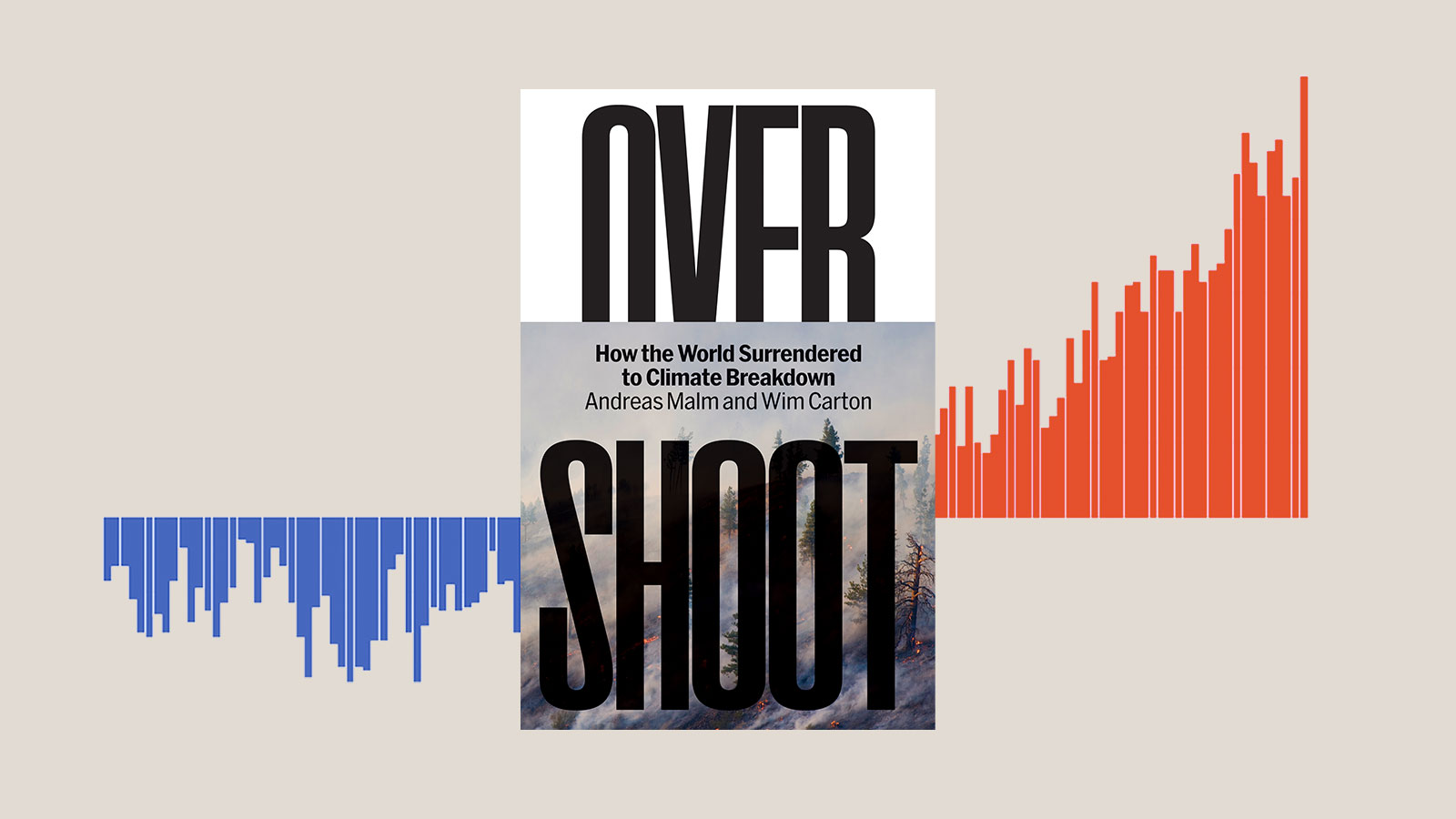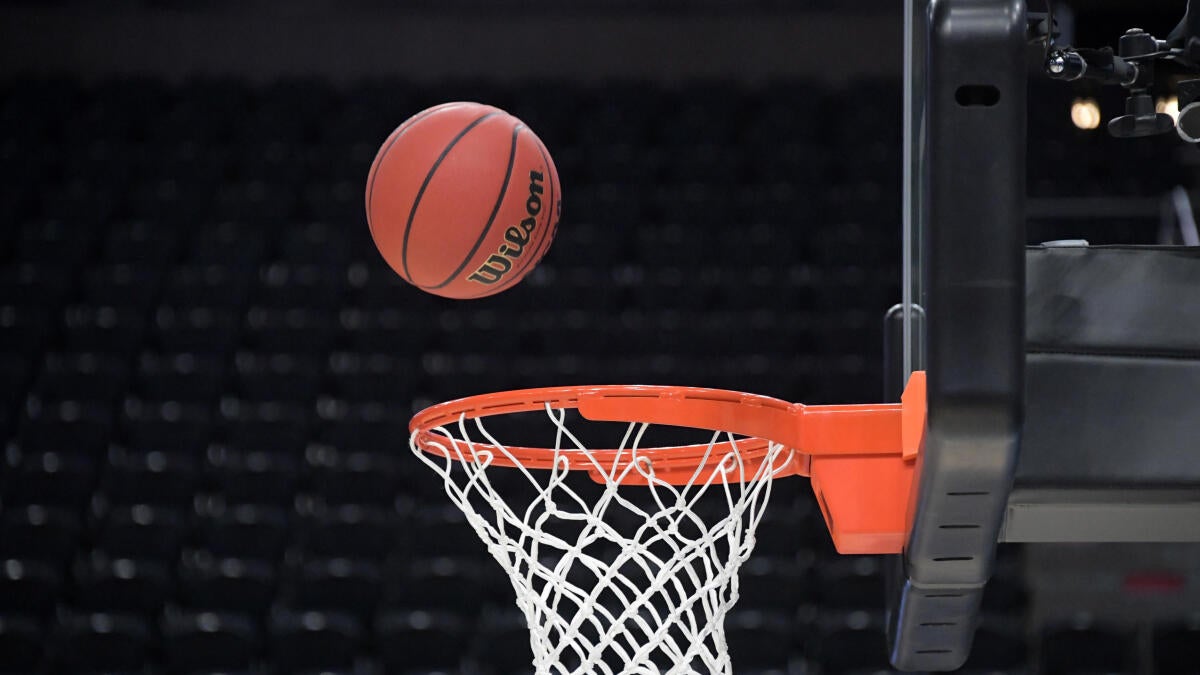World
How the World Series teams were built

Before this year, the Dodgers last made the World Series in the pandemic-shortened 2020 season, when they vanquished the Rays in six games. Los Angeles stood out with more homegrown talent than any of the postseason clubs that fall, including stars such as Cody Bellinger, Clayton Kershaw and Corey Seager.
The Yankees haven’t played in the Fall Classic since 2009, when they defeated the Phillies in six games. New York still had its Core Four, though it signed Derek Jeter, Andy Pettitte, Jorge Posada and Mariano Rivera nearly two decades earlier. Most of the best players on that team arrived via free agency (A.J. Burnett, Johnny Damon, C.C. Sabathia, Mark Teixeira) or a financially driven trade (Alex Rodriguez).
This October, both clubs are presenting a much different look. In terms of Wins Above Replacement (Baseball Reference-style), the Dodgers have the least homegrown production of any of the 12 playoff teams. And while the Yankees carry the second-highest payroll in MLB behind only the Mets, four of their eight best players arrived via the Draft.
Let’s examine how each club fared in the various aspects of player acquisition.
The Yankees have the clear advantage here, with Aaron Judge (10.2 WAR) dwarfing the total of all seven of the Dodgers’ self-developed players (6.6 WAR). Judge famously lasted 32 picks in the 2013 Draft — he was the second of New York’s three first-rounders, taken between Eric Jagielo and Ian Clarkin — amid questions about his naturally long swing and ability to make consistent contact.
Besides Judge, the Yankees also scored with three other first-round selections: Clarke Schmidt (2017), Anthony Volpe (2019) and Austin Wells (2020). Both of Los Angeles’ significant draftees also were first-rounders in 2016: Gavin Lux and Will Smith.
Though the Dodgers and Yankees have two of the strongest international scouting departments in the game, neither will have much of an influence on the World Series — with just two players apiece. Signed for $300,000 out of Cuba in 2017, Andy Pages is the lone regular among the four. He homered twice — in the same game — in the National League Championship Series.
Jasson Domínguez was perhaps the most hyped international amateur when he signed for $5.1 million out of the Dominican Republic, but New York employed him and Oswaldo Cabrera mainly as pinch-runners during the American League Championship Series. Los Angeles has used reliever Edgardo Henriquez only in postseason blowouts.
None of this year’s playoff teams got more out of free agents than the Dodgers, who spent more than $1 billion in combined guarantees last offseason.
The Yankees derived more value from trades than any 2024 postseason club, while the Dodgers rank more in the middle of the pack.
What’s the most effective way to build a World Series championship? There’s no one blueprint.
The 2023 Rangers featured a mix of free agents and trade pickups and the 2022 Astros were mostly homegrown with a split between Draft and international signings. The 2021 Braves and 2020 Dodgers relied heavily on the Draft. Both the 2019 Nationals and 2018 Red Sox had strong amateur signings, supplemented by free agents for Washington and trades for Boston.
This year’s Dodgers most closely resemble those Rangers, while the Yankees have even stronger similarities to those Red Sox. We’ll see which approach pays off with a championship in a week and a half.










